I've heard over 150 products this year, and these are my 5 hi-fi highlights
Each has made an impact on me that goes far beyond star ratings
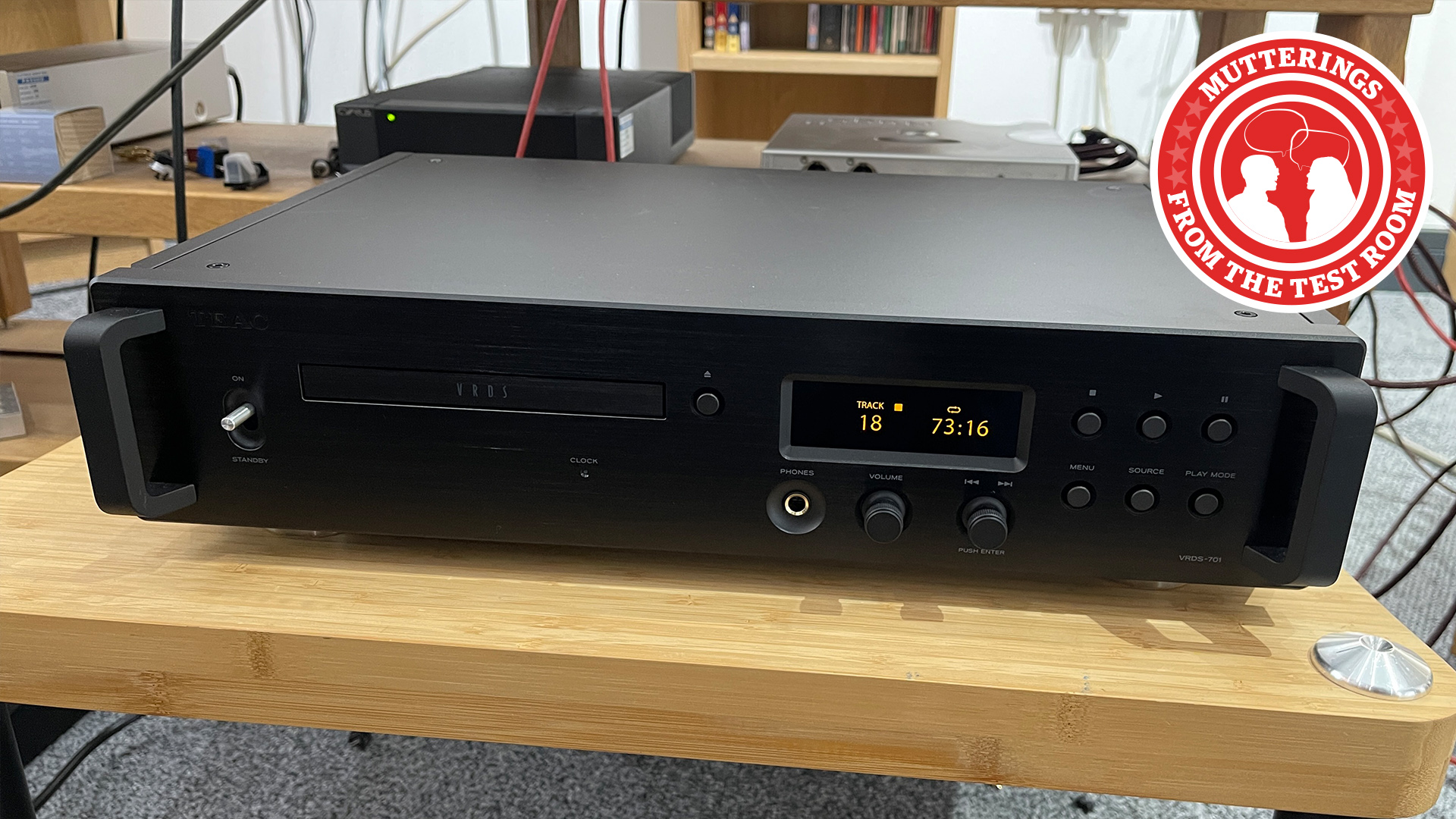
Over the last year, I must have seen and heard probably close to a couple of hundred products as they have passed through What Hi-Fi?'s suite of test rooms. Some — surprisingly few, actually — have been downright poor, most have been what I'd call 'solid', and a select few have impressed enough to win one of our 2023 What Hi-Fi? Awards.
But this list isn't simply my favourite handful of those Award winners; it is my pick of the products that have personally made an impact on me, that goes beyond star ratings and awards. I find these products interesting and, each in their own way, unusual...
TEAC VRDS-701 CD player
Given that the launch of new CD players has slowed to a mere trickle, the law of probability suggests that the chances of any making it onto this list are minuscule. So it says much for the quality of the TEAC VRDS-701 (pictured top) that it gets the nod.
This is a well-conceived product that not only plays CDs to a high level but also has the full range of digital inputs to allow it to work as an outboard DAC for other digital sources. The internal DAC’s range of compatibility is impressive, going up to 32-bit/384kHz PCM and DSD 512. There is a great deal of adjustability on offer, too, allowing tweakers to fine-tune the player's performance to their tastes. But quite honestly, such is the standard of the performance, I think most people will have a play before sticking to the same settings from then on.
This is a well-built unit, giving off the impression of something designed to serve for decades. The heart of the machine is, of course, TEAC’s highly-respected VRDS transport mechanism, which supports the disc over its entire surface in a bid to reduce rotational vibration. My experience of the ‘701, and other premium VRDS-equipped TEAC CD players in the past, strongly suggests there is plenty of merit to that idea.
This player delivers a wonderfully stable and authoritative sound that even a machine as talented as Cyrus’s CDi-XR struggles to match. Bass is delivered with texture, depth and power, and serves as a solid foundation for the rest of the frequency range to build on. Regarding detail resolution, control and muscularity, this CD player has nothing to fear from any rival we’ve come across. That it is a pleasure to use is a bonus.
Musical Fidelity A1 integrated amplifier
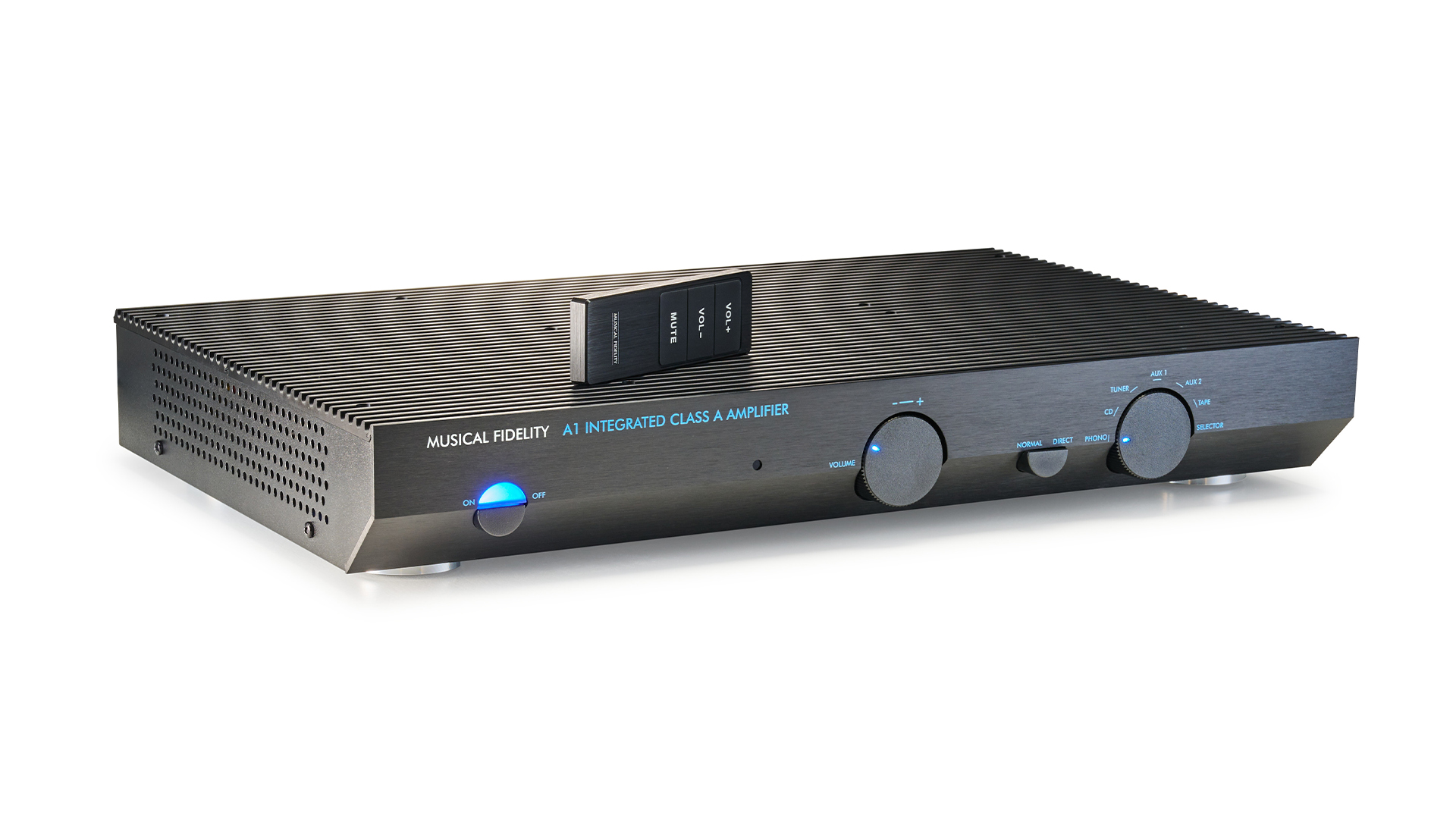
I admit I’ve always had a soft spot for the iconic Musical Fidelity A1, what with its distinctive angular design and the exotic nature of its Class A circuitry. So when the company decided to resurrect the '80s design, I couldn't wait to hear the results. Fortunately, the new A1 didn’t disappoint.
The latest hi-fi, home cinema and tech news, reviews, buying advice and deals, direct to your inbox.
It's intended to be a faithful reincarnation of the 1985 original – and within current legislation, it mostly is. Where the company has erred, it has done so for good reason. The new version’s case is bigger to help heat dissipation, while inside is a revised power supply arrangement to improve sound quality. There is also a remote, something the original lacked.
Despite all the hard work, there is no way to avoid the fact that the new model still runs hot – indeed, hot enough to feel uncomfortable to touch for more than a few seconds. Excess heat is part and parcel of a Class A circuit design, of course, but so is the promise of good sound – and that’s what the new A1 delivers.
It sounds way bolder than its modest 25-watt-per-channel power output suggests. The character of the presentation is wonderfully full-bodied, smooth and fluid, leaving most of its competition sounding a little sterile and mechanical in comparison. The 2023 A1 may not be the most detailed or transparent amplifier in its class, but it remains one of the most beguiling.
Fyne Audio Vintage Classic X loudspeakers
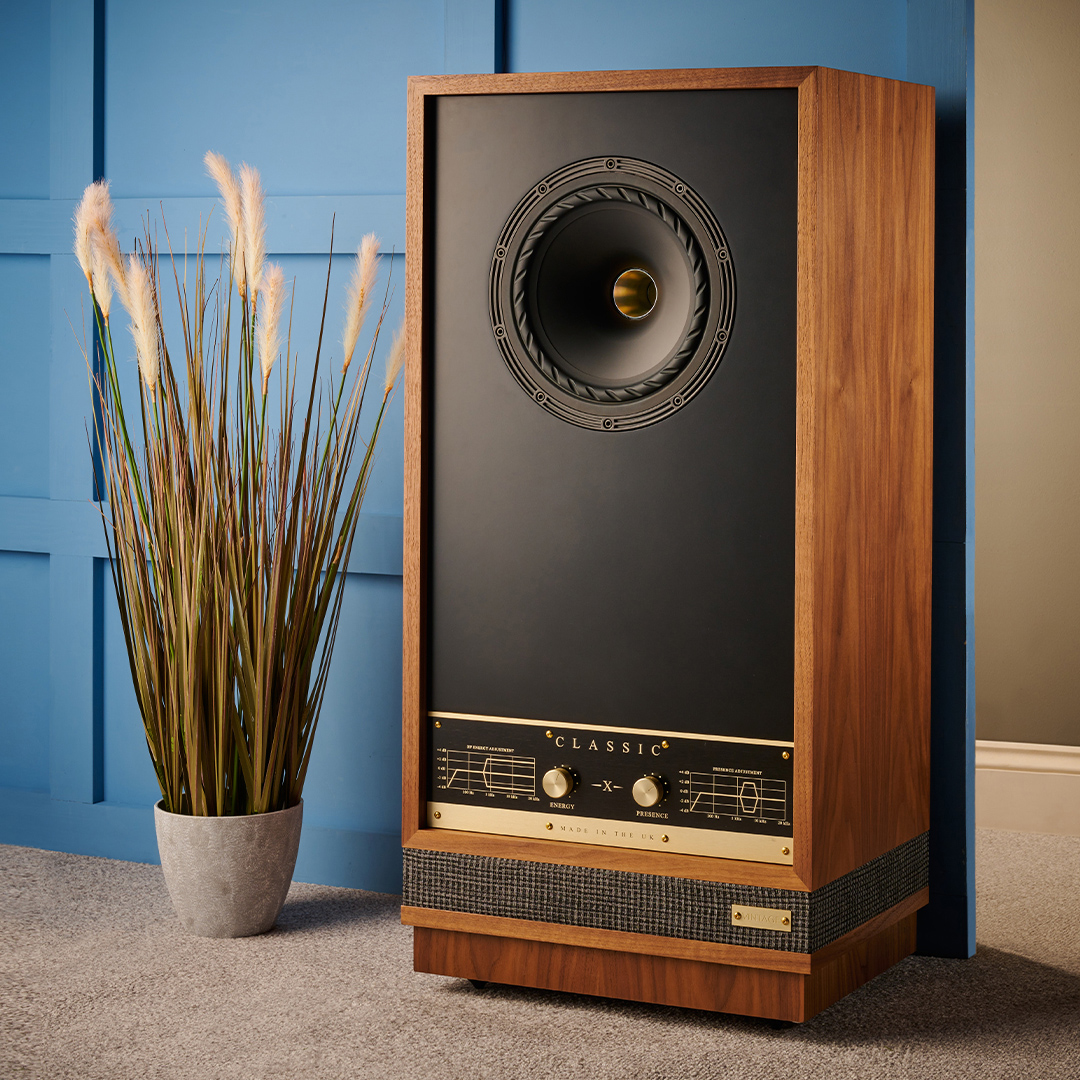
It is easy to underestimate a speaker like the Fyne Audio Vintage Classic X. I suspect most people tempted by them will predominantly buy them for the way they look, and there’s nothing wrong with that.
They are beautifully made and will blend into a traditional-styled domestic space seamlessly. But that isn’t why these speakers are on my list. No, they're here purely because of their sound and, to a certain degree, their price. Quite simply, this is a lot of speaker for the money, both physically and sonically. Yes, even at £6499 ($11,000 / AU$16,995).
Little else I’ve heard in the last year sounds like them. That huge 25cm Isoflare driver array, which places the titanium dome compression tweeter in the throat of the paper-fibre mid/bass, delivers a combination of free-flowing dynamics, low-end agility and musical cohesiveness that’s hard to get any other way at this price level.
Sure, the Classic X wouldn’t be my first choice if tonal neutrality or treble refinement were my main priorities, but in most other ways they do sound truly lovely.
Rega Naia turntable
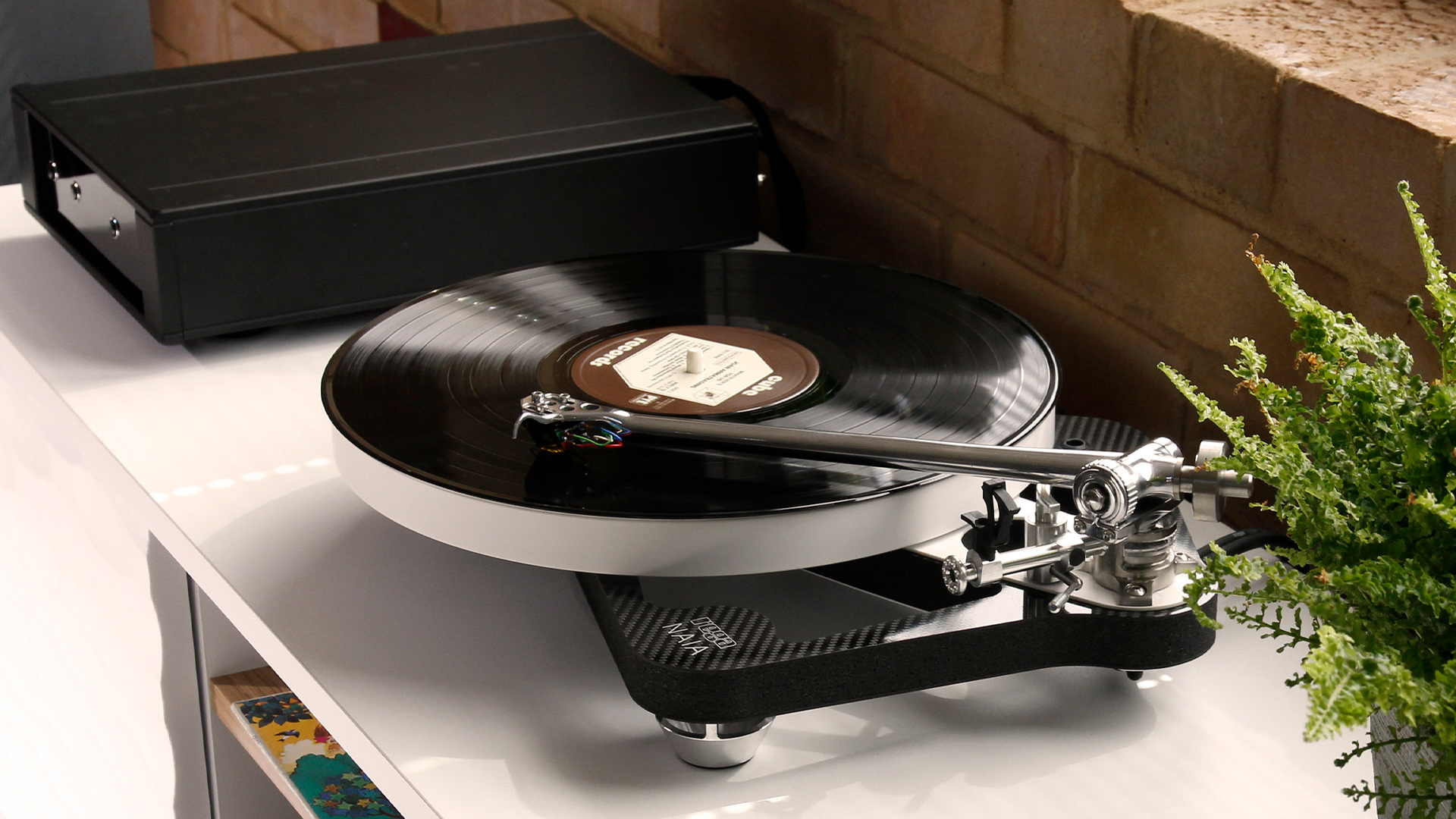
The Naia was the Rega deck I didn’t think would be made. It is effectively a production version of the company’s famous Naiad, a technological showpiece and 'test bed' concept that was intended to push Rega's engineering principles as far as possible, irrespective of cost.
The brand reckons that the Naia pretty much matches the Naiad's performance, which is an impressive achievement for something that can be built on a production line next to the company's bread-and-butter Planar decks.
The highlights here are the exceptionally light yet rigid carbon fibre-reinforced foam plinth, the ceramic platter/main bearing assembly, and the Titanium tonearm.
The result is one of the finest record players I have heard, period. The Naia sounds exquisitely transparent for the most part, able to resolve so much in terms of detail but deliver it in such a natural and unforced manner that most of the competition sounds contrived in comparison. I was particularly taken by the Naia's articulate and textured way with bass, which initially sounded a little lightweight to me but over time proved unusually agile and honest.
Lavardin ITx integrated amplifier
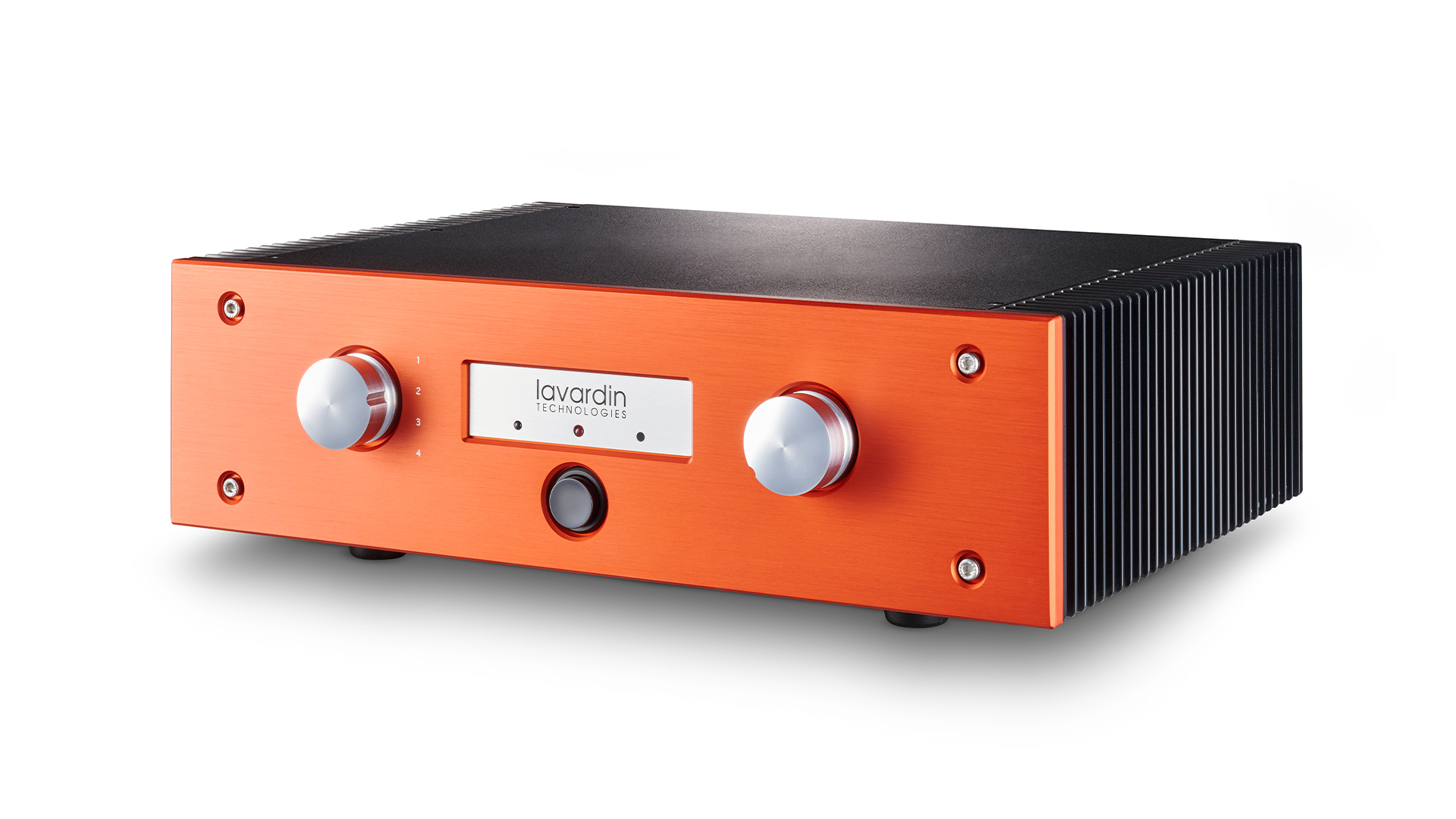
Cards on the table, I love this amplifier. On the surface, spending over £7000/$9000 on a functional-looking stereo amp that offers just 55 watts per channel doesn’t seem sensible, does it? Particularly when that amount of money will buy a thick slice of sophistication, hundreds of watts of power and an exceptional build quality from any of the established high-end alternatives. Indeed, that Lavardin feels it is wise to charge extra for a remote is hard to understand.
Yet, the Lavardin ITx is special. The core philosophy behind the company's amplifiers has always been the eradication of what it calls ‘Memory Distortion’. This is the idea that as electrons flow across silicon (used in transistors) they leave a residual path, and that path affects the way that subsequent electrons move through the material. Lavardin claims that this effect causes traditional transistor-based designs to sound harder and less musical than valve-powered alternatives. In valves, electrons (essentially) flow through a vacuum so the ‘Memory Distortion’ effect doesn’t exist.
At this point, I must mention that no other manufacturer I know of even acknowledges the effect, let alone thinks it's a problem that needs solving. But, given how good the iTx and other Lavardin amplifiers I’ve heard sound, I’m willing to give the company the benefit of the doubt.
This Lavardin is one of the most uncluttered and musically cohesive amplifiers I’ve heard, irrespective of price. Its presentation is wonderfully smooth and fluid. In those respects, it does remind me of some of the better valve designs on the market. But here, they are combined with a combination of agility, dynamic subtlety and rhythmic drive that is beyond any of its natural competitors, regardless of design. Sometimes the most precious of gifts can come in the plainest of wrappers. That's certainly the case here.
MORE:
Christmas Gift Guide 2023: the best gift ideas for music, film and tech fans
CES 2024 preview: the news and rumours ahead of January's electronics show
New issue of What Hi-Fi? out now: the best stereo speakers you can buy

Ketan Bharadia is the Technical Editor of What Hi-Fi? He has been reviewing hi-fi, TV and home cinema equipment for almost three decades and has covered thousands of products over that time. Ketan works across the What Hi-Fi? brand including the website and magazine. His background is based in electronic and mechanical engineering.
